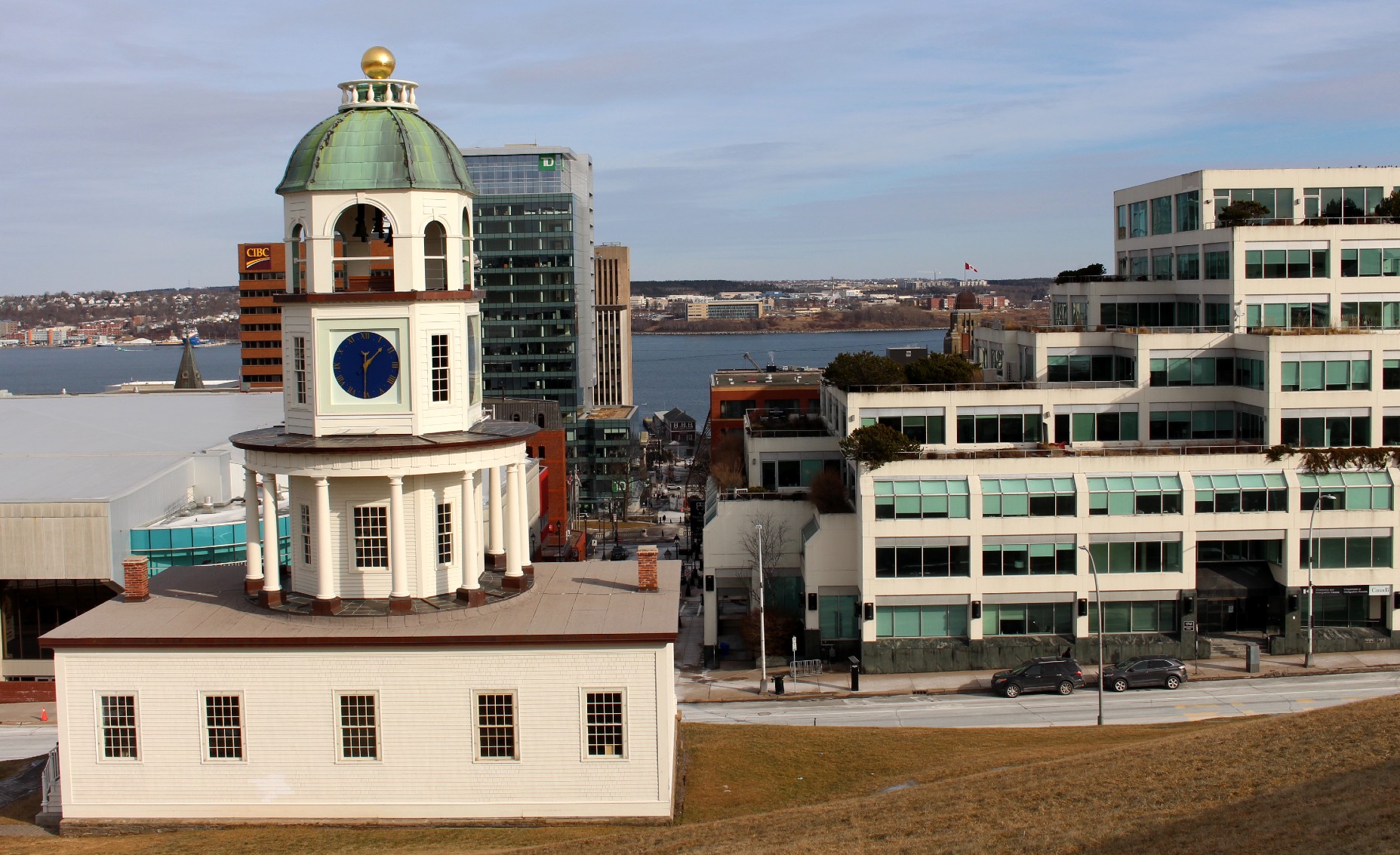Halifax’s downtown population growing at fastest pace in Canada
2021 census also shows overall HRM population grows close to 10 per cent in five years

caption
Halifax's iconic Town Clock, photographed in late January. The latest census figures have Halifax as the fastest growing downtown area in the country.The downtown area of Halifax grew at the fastest pace of all downtowns in Canada, surging 26.1 per cent from 2016 to 2021, said Statistics Canada in its 2021 census.
The latest census, released on Wednesday, looked at specific areas in cities for the first time, determining exactly where populations were growing the most.
Halifax came in first for fastest growing downtown, beating out Montréal, whose downtown rose 24.2 per cent, Calgary, at 21.0 per cent and Toronto at 16.1 per cent.
The population of Halifax’s downtown grew almost three times faster than the city’s metropolitan area as a whole.
The census shows the waterfront downtown area — bounded by Salter, Blowers, Queen, Lower Water and Hollis Streets — was the fastest growing neighbourhood in the urban area, soaring by 87.3 per cent since 2016.
Another fast-growing part of Halifax, according to the census, is the area including new developments in the Larry Uteck Drive west area, which leapt 81.1 per cent since 2016.
Halifax’s population as a whole has also increased. The city’s census metropolitan area increased by more than 38,000 since the last census in 2016, bringing the population to 439,819.
Statistics Canada attributes the increase in downtown populations across the country to several factors. It cites local governments’ efforts to increase population density in their downtowns as a key factor.
An example of this would be Halifax’s centre plan, which aims to accelerate activity and development in the city’s downtown core.
Lauren Weseluck from Planifax, an organization in Halifax specializing in urban development and city planning, said urban planning affects population, but population also affects planning.
“Planning allows for growth to happen. Things like increased density, improved walkability, transit connections, potential rezoning — these all allow for more attractive, usable neighbourhoods,” said Weseluck.
Weseluck said housing costs, combined with the COVID-19 pandemic, were behind some of the population growth.
“The pandemic had a lot to do with the attractiveness of Nova Scotia as a place to live. A lot of migration has come from other provinces like Ontario and B.C., where housing prices are comparatively higher.”
Weseluck says population growth can be both positive and negative, and the important part of urban planning is not just to invite it but to prepare for it.
“People coming from wealthier provinces like Ontario and B.C. contribute to higher GDP and higher spending power, which is great. But in terms of housing, it’s really crucial that we prepare for these increases. The province is severely lacking affordable housing supply at the moment.”
The census pegged Nova Scotia’s overall population at 969,383, as of May 1, 2021. A recent real-time estimate from the agency said the population had reached a million people.
About the author
Adam Inniss
Adam Inniss is a Halifax-based writer from Guelph Ontario. He works as the News Editor for the Dalhousie Gazette and occasionally writes reviews...
